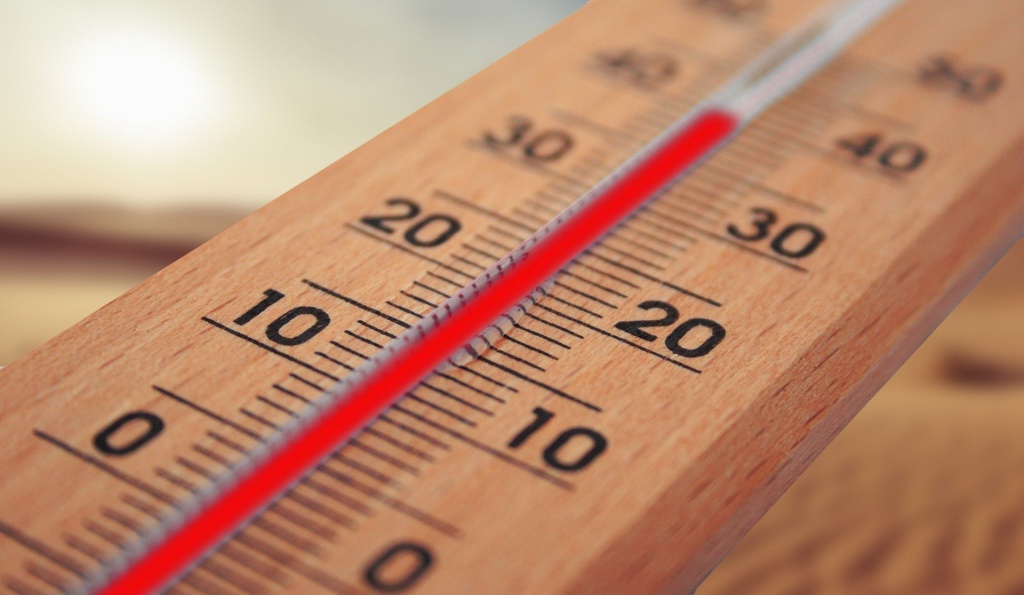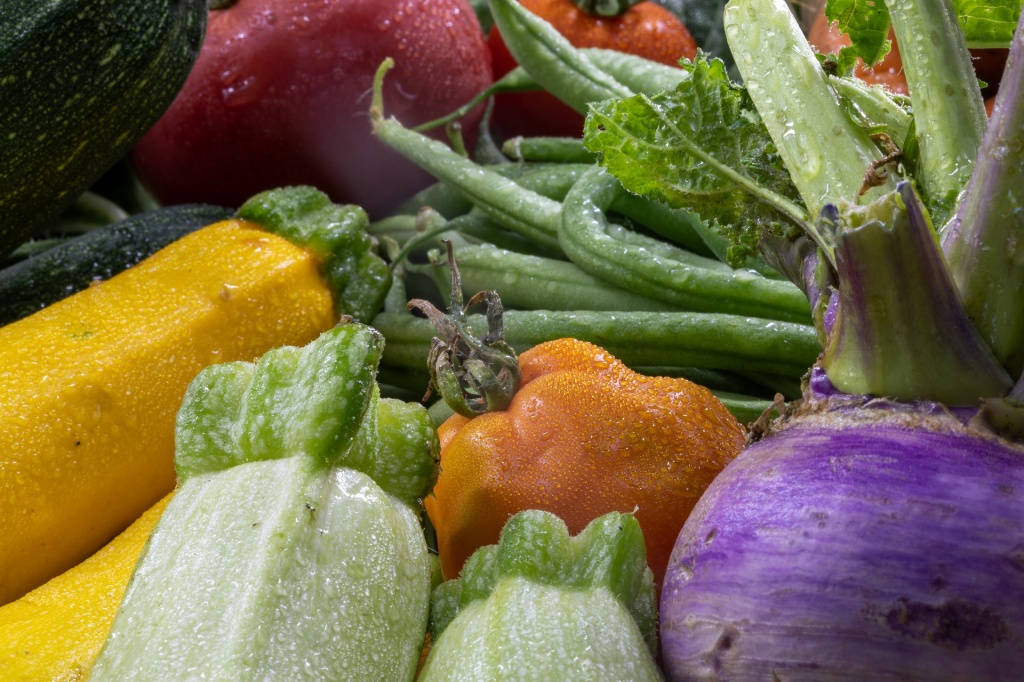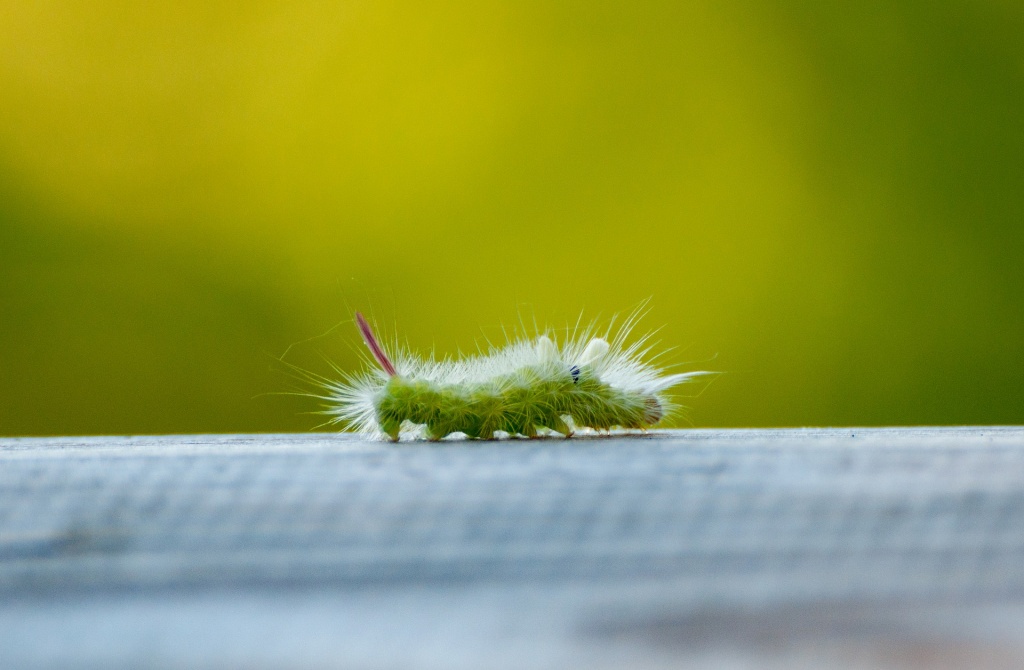Causes of crop spoilage in the vegetable storehouse
15.10.2021 | Vegetable storage
Listed below are the various sources that cause spoilage of fruits and vegetables during long-term storage and the corrective measures that should be taken to minimize and mitigate the effects.
1. Mechanical damage.
Causes:
- Improper harvesting methods;
- Poor handling, threshing, husking, cleaning, grading, or drying;
- Traumatic methods of transportation and loading (e.g. use of hooks).
- Weight loss;
- Loss of quality (nutritional value, appearance);
- Increased vulnerability to infestation by insect pests and fungi.
- Pay attention to maximum temperatures when drying!
- Use safe methods when harvesting, transporting, processing and storing;
- Use caution when handling bags or crates;
- Repair or replace damaged bags or crates;
- Do not use hooks to carry bags or crates;
- Keep an eye on the condition of pallets (e.g., remove protruding nails).
2. High temperature
Causes:
- Inappropriate storage design (improper location, insufficient shade and ventilation facilities, lack of insulation);
- Mass reproduction of pests and fungi;
- Insufficient aeration of the storage room;
- High level of humidity.
- Weight loss;
- Loss in quality (nutritional value, appearance);
- Good conditions for the development of pests;
- Moisture condensation, followed by fungal development.
- Approach the design of vegetable storage very responsibly - this will help avoid most mistakes!
- Provide shade for the storage units or silos (e.g. with wide eaves or shading trees);
- Maintain an optimal temperature (ventilate the storage facility);
- Conduct pest control treatments;
- Store bags or boxes on pallets to improve aeration;
- Maintain a space of 1 m around all stacks.

3. High humidity
Causes:
- Insufficient drying before storage;
- High relative humidity in the room;
- Structural defects and damage to the storage room (unsuitable materials, leaky floor, walls and roof, holes, cracks, etc.);
- Temperature imbalances (e.g., day/night) in the storage room followed by condensation;
- Mass reproduction of pests.
Consequences:
- Loss in quality;
- Loss in weight;
- Fungal development and formation of mycotoxins;
- Swelling and germination;
- Damage to the storage structure.
- Dry produce well before storage;
- Repair and seal the storage facility;
- Keep the relative humidity in storage as low as possible (option: controlled atmosphere);
- Store bags or crates on pallets;
- Provide a space of 1 m around all stacks;
- Conduct pest control treatments;
- Avoid temperature differences (day/night) in the storage area by ventilation.

4. Insect pests
Causes of infestation:
- Introduction from infested lots, cross-infestation from neighboring lots or storage facilities;
- Migration from waste or garbage
- Use of infested bags or crates.
- Loss in weight;
- Loss of quality (impurities such as droppings, cocoons and insect parts, reduced nutritional value, threat to the health of the end user);
- Increased temperature and humidity.
- Harvest at the right time;
- Choose resistant varieties;
- Keep transportation equipment clean;
- Remove infected fruit before storage;
- Make sure produce is dry before putting in storage;
- Prevent the introduction of pests by checking for infestations before storage;
- Clean the storage room daily;
- Keep the temperature and relative humidity as low as possible (option: controlled atmosphere);
- Prevent pests from entering by sealing the storage area (windows, doors, vents);
- Repair any damage to the storage area immediately;
- Store old and new batches separately;
- Clean empty bags and crates thoroughly and treat them against insects if necessary;
- Conduct pest control treatments;
- Rotate supplies on a first-come, first-served basis.

5. Microorganisms
Causes of contamination:
- High moisture content in stored produce;
- High relative humidity in storage;
- Condensation;
- Humidity and dampness caused by insects.
- Loss of quality (smell, taste, color, nutritional value);
- Formation of mycotoxins;
- Slight weight loss (mold);
- Further increase in temperature and humidity;
- Further condensation.
- Sufficiently dry produce before storage;
- Keep the relative humidity in storage as low as possible (controlled atmosphere);
- Store bags and crates on pallets;
- Allow 1 m space around all stacks;
- Conduct pest control treatments.

6. Rodents
Causes of Infestation:
- Penetration of rodents through poorly closed doors, windows, vents, holes;
- Lack of barriers;
- Lack of hygiene in the storage facility and the surrounding area (possible hiding and breeding places).
- Weight loss;
- Large quality losses due to contamination of produce with feces and urine;
- Product contamination by pathogenic agents (typhoid, rabies, hepatitis, plague, etc.);
- Damage to materials and equipment (bags, crates, doors, electrical cables).
- Prevent rodent entry by sealing the storage facility from rats;
- Keep the storage facility and surrounding area clean;
- Place traps;
- Carry out rodent control measures.

7. Birds
Causes:
- Open or broken doors, windows, vents or roofs.
- Consequences:
- Weight loss;
- Damage to bags or crates;
- Contamination of stored produce with manure and pathogenic agents.
- Protect storage facilities from birds (make repairs, install grates or nets);
- Remove all bird nests from the storehouse and surrounding area.


